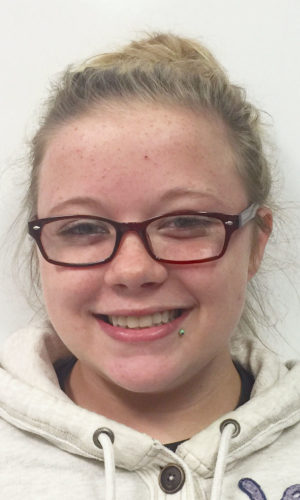It’s hard to believe it has already been a year since Luis and I were in Bolivia together, visiting projects in La Paz and Santa Cruz.
Although Luis has been traveling to visit sites for many years now, it was my first trip with Children Incorporated, and it marked the launch of our On the Road series. Looking back, it was incredible to have had the chance to visit our affiliate projects in Bolivia, and to meet with our volunteer coordinators, such as Sister Josefina at the Pedro Poveda School; and to spend time hearing stories from our sponsored children, like Carla, who grew up in our program and is now in college. Even more importantly, I feel privileged to have had the chance to be a part of something very special during that particular trip – the inauguration of the completion of the Montero School classrooms. The construction of the classrooms was hugely important not only to the students at the school, but it was also important to the whole community – and I didn’t realize what it meant to people until I was there to see it.
An Educated Proposal
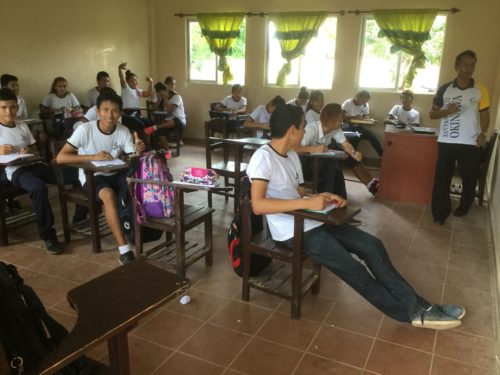
Students in their classroom at the Montero School
In late 2015, Luis spoke with Sister Geraldina, our volunteer coordinator at the Montero School in Okinawa, a rural community a few hours outside of Santa Cruz. Geraldina mentioned that she wanted to add additional classrooms to the school so she could enroll more students. The town has a lot of poor residents, and educating the kids is really the only way to help them get out of poverty, as it is in so many places in the world. Sister Geraldina’s proposal wasn’t just an idea that she casually mentioned to Luis; in fact, the foundation had already been started. But she didn’t have any funding to complete the classrooms, so what was there was nothing more than a flat outline of a building on the school property.
Luis liked the idea of expanding the Montero School in order to educate more students; and thanks to our incredible supporters, only a few months later, construction was underway. The proposal was to add seven additional classrooms to the Montero School, which would allow 200 or more students to attend classes every day. By April of 2016, when Luis and I visited the school to celebrate the completion of the classrooms, everything except the two bathrooms was complete. By the time we arrived, desks for the students were in place, and the building was ready for students to start learning there the very next day.
Impacting an Entire Community
The construction of the classrooms was hugely important not only to the students at the school, but it was also important to the whole community.
For me, the most memorable part of being at the inauguration of the new classrooms at the Montero School was getting the chance to celebrate with the community. Nearly 600 people came for the ribbon-cutting ceremony, and I loved how festive all of it was; starting early on in the day, children and their mothers hung crepe paper and blew up balloons to decorate the new classrooms before the afternoon ceremony.
I couldn’t believe how many local people showed up to the event, and it seemed that everyone was participating in some way – decorating, dancing, singing, or bringing food to share.
For Luis, before leaving for Bolivia once again, the memory of the inauguration called him to reflect on how incredible it is to see the projects that Children Incorporated supports work to provide for the educational needs of children beyond sponsorship. What struck him was more than just knowing the families were grateful for the new classrooms — it was also knowing that the school would help many generations to come.
I agree with Luis: sponsorship is the core of Children Incorporated‘s work, but when we have opportunities to do more — like build schools, homes, or dormitories — we can reach more people and change the lives of entire families for the better.
Luis and I enjoyed the inauguration immensely and were even able to stay in Okinawa an additional day to see the children start classes the next day.
Back in Bolivia
Just a few weeks ago, Luis returned to Bolivia to visit twelve of our projects, this time traveling to La Paz, as well as Sucre and Santa Cruz — including the Montero School.
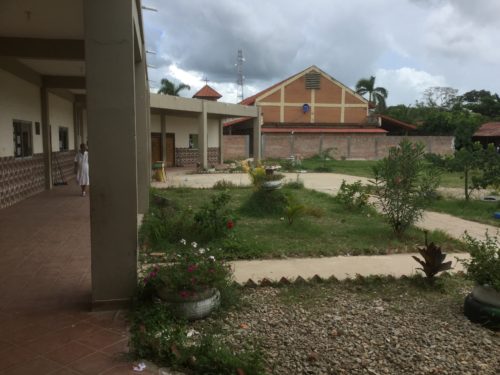
The grounds of the school outside the new classrooms are now landscaped, thanks to the help of the students.
Upon arriving in Okinawa, Luis was greeted by Sister Geraldina, who had the same enthusiasm and energy as she did the year before when it came to showing Luis the new classrooms.
The first thing Luis noticed that was different was the new concrete walkways leading to the classrooms; only gravel had been there the year before. Surrounding the walkways were plants and flowers, both in pots and buried in the ground, lush and green, and well cared for. Grass had grown all around where once only dirt and remnants of the construction site had been. Sister Geraldina explained that the students were completely responsible for beautifying the area around the new classrooms; and they also maintain the grounds, making sure the foliage gets watered and trimmed as needed.
She then showed Luis the completed bathrooms, which were covered in white tile and were in perfect condition, clean and functioning well. She then took him to visit the students in the classrooms. Since last year, air conditioning units had been installed, a gift from students’ families — something they did to show that they care a great deal about having the new classrooms at the school. Sister Geraldina explained that nearly 400 children are taking classes now during two separate shifts during the day, and there are even adult reading classes being held at night.
Every single one of them have benefited from the new classrooms.
Luis was more than impressed by what he saw a year later at the Montero School. Not only had the classrooms and the grounds been kept up and even improved in ways, but the community continued to invest in the new building, and it didn’t seem like they wasted a second of the day in using the classrooms for educating children and adults alike. Knowing he saw the community using the building to its full potential, it makes all the sense in the world to me now why so many people came to the inauguration. Every single one of them has benefited from the new classrooms.
***
HOW DO I SPONSOR A CHILD IN Bolivia?
You can sponsor a child in Bolivia one of two ways – call our office and speak with one of our sponsorship specialists at 1-800-538-5381, or go online to our donation portal, create an account, and search for a child in Bolivia that is available for sponsorship.


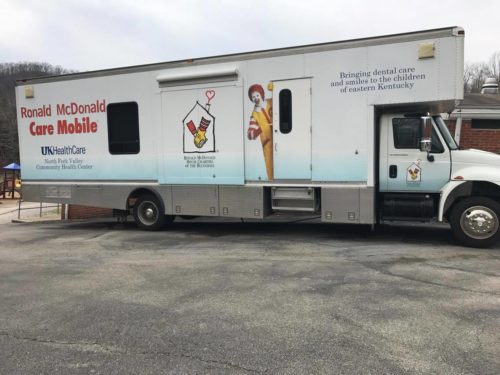

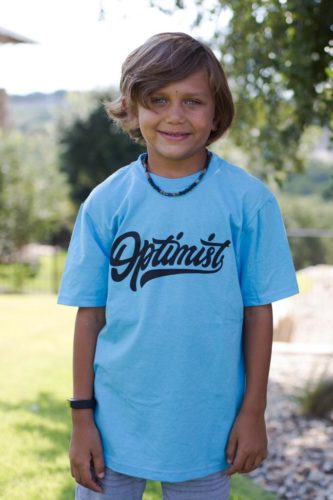 We recently spoke with Micah Greer, the founder of
We recently spoke with Micah Greer, the founder of 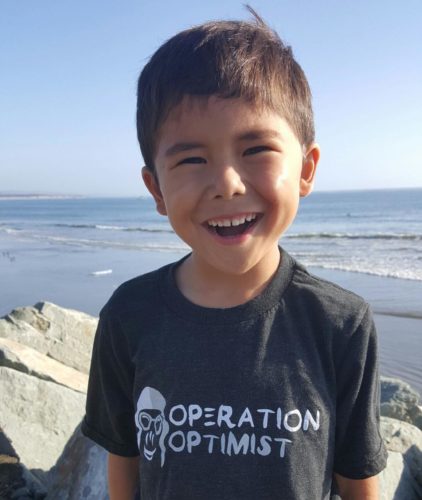 And now you are launching Operation Optimist. Can you tell us what led you to do so, as well as what you hope to accomplish?
And now you are launching Operation Optimist. Can you tell us what led you to do so, as well as what you hope to accomplish?
